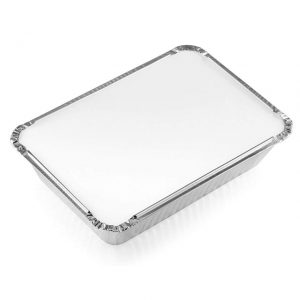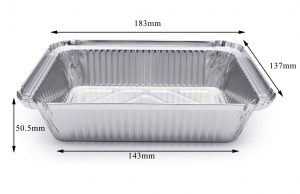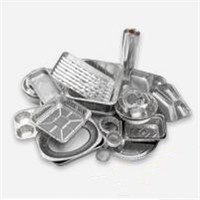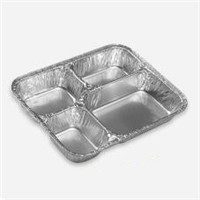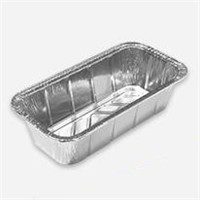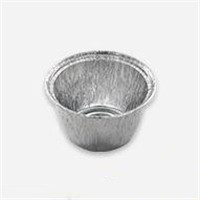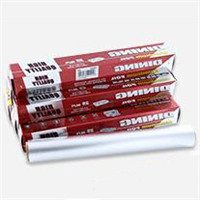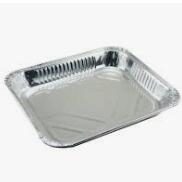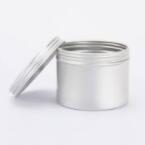The chemistry behind aluminum bottles involves the properties and interactions of aluminum, the material used to manufacture these bottles. Here are some key aspects of the chemistry involved1. Aluminum (Al): Aluminum is a chemical element with the symbol “Al” and atomic number 13. It is a silvery-white, lightweight metal with excellent properties such as high corrosion resistance and good thermal conductivity.
2. Oxidation: Aluminum reacts with oxygen in the air to form aluminum oxide (Al2O3) on its surface. This thin layer of oxide acts as a protective barrier, preventing further corrosion and giving aluminum its corrosion-resistant properties.
3. Non-Reactivity: Aluminum is considered non-reactive, which means it does not easily react with most substances, including water and many beverages. This makes it an excellent material for containers, as it does not alter the taste or composition of the contents.
4. Food-Grade Linings: To enhance the safety of aluminum bottles for storing beverages, they are often lined with a food-grade coating, such as BPA-free epoxy resin or powder coating. This lining prevents direct contact between the beverage and the aluminum, ensuring that no harmful substances leach into the drink.
5. Recycling: Aluminum is highly recyclable, and the recycling process requires significantly less energy compared to producing new aluminum from raw materials. Recycling aluminum bottles is an essential part of reducing the environmental impact and conserving resources.
6. Insulation: Some aluminum bottles have double-walled insulation, where there is a vacuum or insulating layer between the inner and outer walls of the bottle. This design helps to regulate the temperature of the beverage inside, keeping it hot or cold for an extended period.
7. Corrosion Resistance: The thin layer of aluminum oxide that forms on the surface of aluminum provides excellent corrosion resistance, protecting the metal from rust and deterioration when exposed to moisture or acidic substances.
8. Electrochemistry: Aluminum can undergo electrochemical reactions in certain conditions. For instance, in the presence of a strong base or acid, aluminum can react to produce hydrogen gas and aluminum salt. However, these reactions are generally not a concern in normal everyday use of aluminum bottles.
Overall, the chemistry behind aluminum bottles involves understanding the properties of aluminum, its reactivity with oxygen, and the use of food-grade linings to ensure the safety and performance of the bottles for storing beverages. Aluminum’s unique characteristics, such as lightweight, corrosion resistance, and non-reactivity, make it an excellent choice for eco-friendly, reusable, and safe beverage containers.
